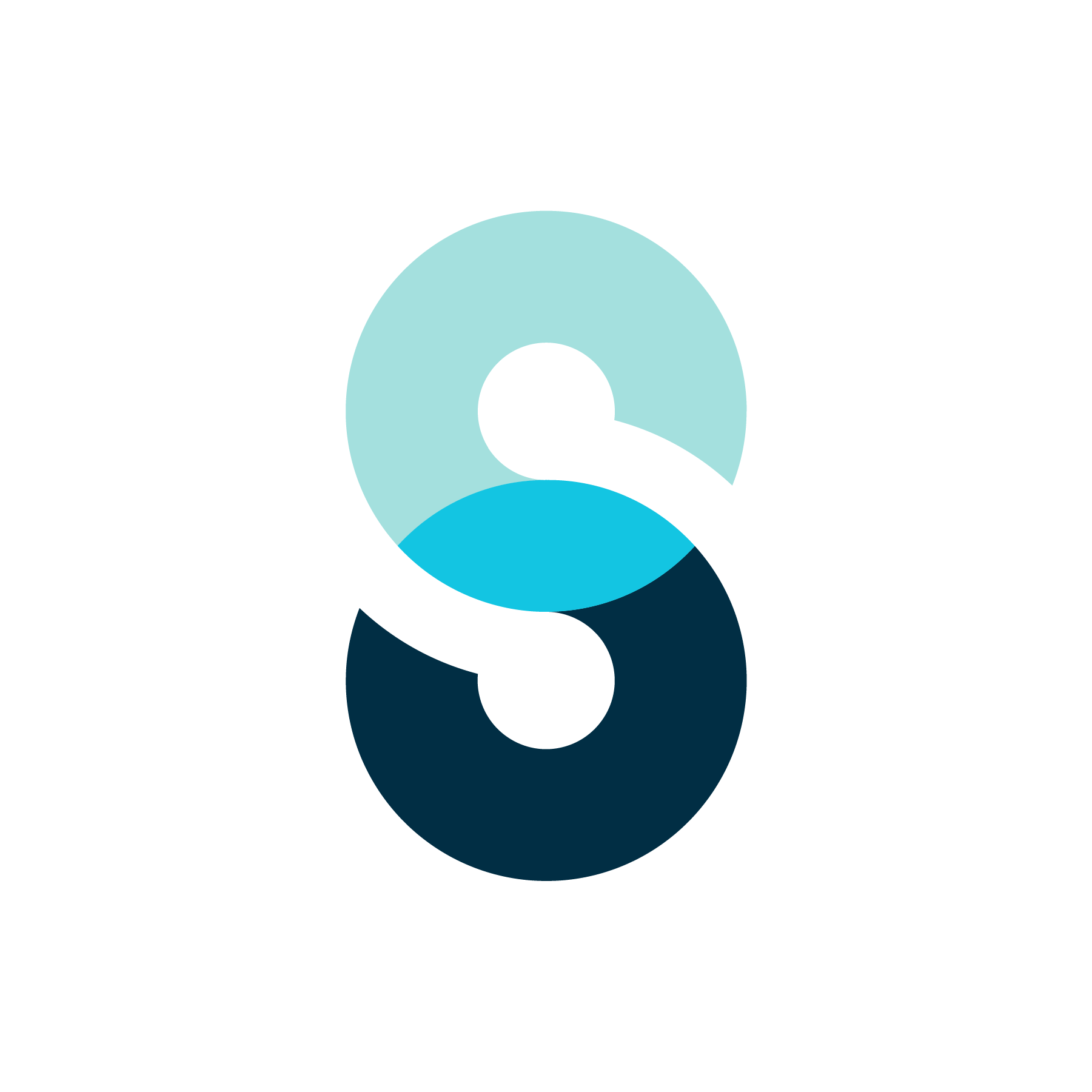Improving Gender Diversity in Engineering
Looking at DEI in our Technology department, gender diversity in Engineering is a particularly significant opportunity for growth, which is why it's currently a focus area. There have always been very few women in Engineering, but a critical point was reached with the departure of the last woman from Engineering a few years back. Suddenly we were 20 or so men, and it was clear we had to take action.
Why is gender diversity important?
Let's back it up a little first - why is improving gender diversity something we should strive for? There are many good reasons. I'll pick out three:
- Considering history has not been kind to women in the tech industry, I want us to do our part in making progress on that front, pushing society forward for the sake of all women in our lives.
- Some people may not feel comfortable being the only person of an underrepresented group in a team. Improving diversity is helpful to ensure everyone is comfortable at Silverfin - current as well as future colleagues.
- Diversity of gender brings with it diversity of thought, which is proven to lead to more optimal solutions. Women, having experienced different challenges throughout their lives than men, can bring a different perspective and way of thinking to problems which will help the team uncover more optimal solutions.
Roughly 50% of the population are women, making them by far the largest underrepresented group in Engineering, so that's where we’ve put our focus for now, but of course diversity comes in many forms, and improving it in other dimensions can be just as beneficial.
What did we do?
Back to 2020 - a quick check of our hiring statistics showed that our problem starts right at the beginning: there were just no women applying to our job ads. Classic DEI efforts usually focus on reducing bias and increasing objectiveness of the evaluation process during recruitment, but our analysis showed that this isn't where our bottleneck is - we weren't getting to the stage where we could evaluate candidates in the first place, so beyond improving our "DEI branding", this wouldn't help reach our goal.
We decided that the first step towards our goal was to increase the amount of women applying to our jobs. Once that's resolved, we can focus on the other areas and should hopefully see an increase in women being hired. Luckily, we didn’t have to reinvent the wheel to solve this. A lot of research has been done on what actions we could take to help with this.
It all starts with the job description - if women are choosing not to apply for our job, then there must be a reason for that. We went over the language used in the ad to remove exclusionary terms and gendered language, such as particularly masculine terminology. Terms that are needlessly aggressive - such as “ninja coder” - and references to geek culture, evoking a college atmosphere rather than a professional environment, have also been replaced by more neutral terms. Requirements were toned down as well - men are more likely than women on average to apply for positions they might not fully meet all requirements for. Making more accurate what is actually a requirement is an important equity move to help resolve this imbalance.
Not just word-smithing
After making the language more inclusive, we highlighted career development opportunities, both on the technical and the managerial paths, focused more on the mission and societal impact of what we’re doing rather than just the technical challenges, and shared as transparently as possible the salary range and how raises work, important to support pay equity. We also emphasised how flexible the job is and that we are open to less-than-full-time working arrangements, helpful to e.g. support working parents.
To remove as much distrust as possible and decrease possible anxiety, for instance because of unfair treatment in the past, we openly shared how our interview process works, making sure applicants know exactly what to expect when they apply. We even published an interview with our star talent acquisition specialist Youp, so candidates can get to know better the person who will be their point of contact throughout the process.
You can see the difference in practice between our 2019 job ad and one of our more recent job ads. A lot of subtle word changes and different emphases. The text amount was also greatly increased, something that did get flagged as a possible step backwards and we may have to cut back on in the future - it’s why we now start with the cliff notes at the top.
These changes are all based on research on what is effective at improving the diversity of employees, and should increase response rates by women. The underlying reasons why are varied and beyond the scope of this whirlwind tour, but I’ve linked the sources at the bottom of the article in case you’re interested in finding out more. And beyond helping our diversity goals, they are also useful improvements for everyone and good to implement even if you do not have a problem with diversity.
One barrier we haven’t been able to remove yet is the fact that while Engineering is a fully remote, distributed team, meaning we can hire people from anywhere in Europe and Africa; outside of Belgium we can only hire engineers as contractors instead of on payroll due to not having a subsidiary in other countries. This has unfortunately been a dealbreaker for women more often than for men, although we’re still looking into potential solutions.
Something else we heard often from women was that they did not feel ready or experienced enough to take on a senior engineering position. Because of this, we looked into opening up job positions for mid-level and junior engineers as well, and worked on improving our personal development plans. This not only would help with hiring more women, but also increased diversity in another important dimension - seniority. This was part of a general mindset shift where we’ve moved away from a “who is the most technically skilled candidate” approach to a “which candidate would best complement their colleagues in the new team” approach, a more holistic view with a diversity of skills, thinking, experiences and interests which ultimately should mean the teams are more productive in the end.
But how can we know that we’re on the right track and hold ourselves accountable? For that we follow the Rooney Rule.
Rooney Rule
It's probably the most visible part of our DEI hiring efforts in Engineering, but it merely acts as a type of bellwether for everything else that we do. The Rooney Rule is named after Dan Rooney, the late owner of the Pittsburgh Steelers, an NFL club, who first applied it there.
The idea is that before you're allowed to hire anyone, you need to ensure that the candidate pool from which you select is sufficiently diverse. Only then can you hire the best person from that pool according to your goals, knowing that you started with enough diverse candidates so that everyone was represented.
Practically, this means that if not enough women applied to a job, something is not right and we first need to do better to improve the reach of our job ad. Only once that's resolved can we be sure that we've reached enough female candidates and that we can choose from a sufficiently diverse pool of candidates to hire the best person for the job. We inform all applicants that we're following this as well, warning that interviews might be postponed if we haven't met our Rooney Rule, so that everyone is aware of that possibility.
Results
Today, there are 3 women in Engineering, and a 4th will be joining us in July. That brings us from 0% to just over the 10% mark - it's still not much, and it took us too long to get here, but considering where we started it's a big improvement, and there has never been as big of a proportion of women in Engineering at Silverfin as today.
Interestingly, there have also been things that we learned didn’t work. Research suggests that referral bonuses hinder diversity, and that logic is sound: The people you know and would refer are usually similar to yourself. But in Engineering we’ve noticed that referrals have also often contributed to the diversity of the team.
If you've read closely, you might also have observed how all the actions we took on this journey are beneficial to everyone, not just women, and that they are helpful beyond our gender diversity goal. This seems to be a recurring pattern in DEI actions - every action yields outsized returns that improve the situation for everyone involved, not only for the particular group of people you're focusing on.
We're not stopping here of course. We continuously take steps to improve, not just in recruitment but DEI in general as well, and if you have suggestions or ideas for how we can keep working on this, please let us know! DEI is a continuous focus area in Technology, and while what's described in this article was focused only on recruitment, many of our colleagues have also taken initiatives to raise awareness and improve the situation in other areas as well.
I would like to give a big thanks to all the people involved over the years, for their support of our DEI efforts, and for their continuous commitment to do right by everyone, helping us get to where we are, and hopefully beyond. Thank you, from everyone in Technology!
Resources
If you're interested in sources used to inform the actions described in this article, here are a couple we used which I can recommend:
- "Hiring for Diversity", by Arthur Woods and Susanna Tharakan
- "If Women Don’t Apply to Your Company, This Is Probably Why"
- "The Day-to-Day Work of Diversity and Inclusion"
- "Puncturing the pipeline: Do technology companies alienate women in recruiting sessions?"
- "Why Tech’s Approach to Fixing Its Gender Inequality Isn’t Working"

